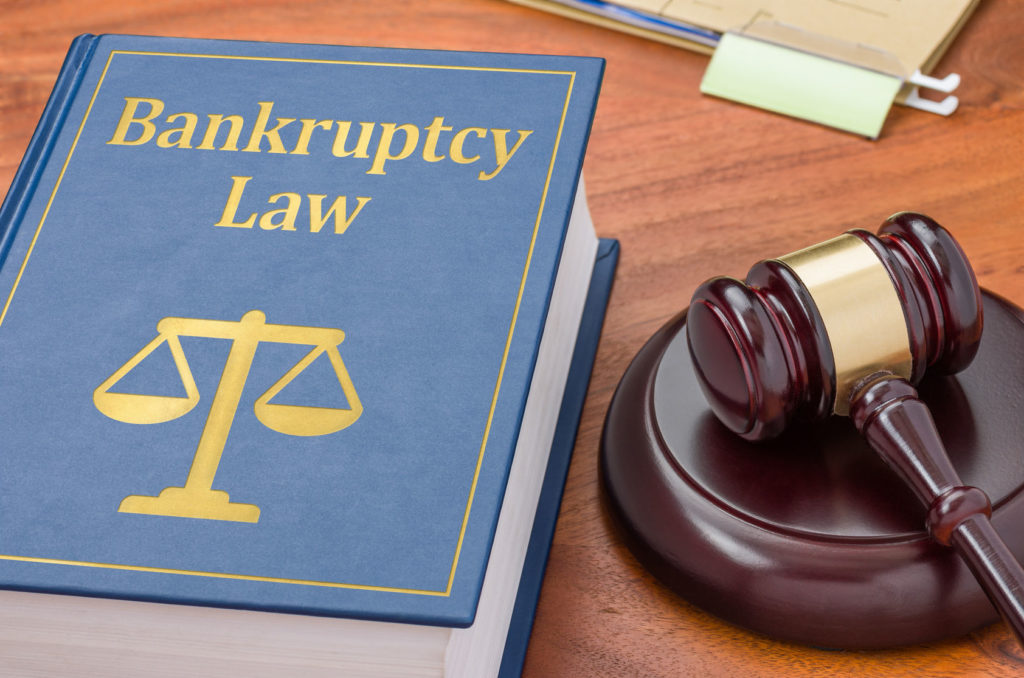The most important question a person asks themselves about filing bankruptcy is When is it time to file bankruptcy? Our clients often fear filing and want to file at the most advantageous moment. Because everyone’s financial circumstances are different, each person will have a different answer. That said, there are a few commonalities leading to bankruptcy that help answer the question when is it time to file bankruptcy.
Common Triggers to Filing Bankruptcy
First, and perhaps most obvious, is when a creditor garnishes your wages. After a creditor sues you, they have the right to collect the judgement. This often arrises in the form of a garnishment. This basically makes your employer turn over part of your earnings to the creditor. This can be a major problem for people who are working to maintain any type of living. Bankruptcy is a common solution to this problem since it immediately ends the garnishment once you file.
Similarly, if you are facing repossessions, filing is a solution. Any creditor that repossesses your vehicle will sell it. They will then use this money to offset anything you owe. This is problematic though. The amount the creditor gets in the resale is generally significantly less than what you owe. So not only do you no longer have the car, you may still owe them thousands of dollars. Further, auto lenders often file lawsuits on these types of debts which leads to garnishments and possible revocation of driving privileges.
While less common, foreclosure is a very serious trigger for bankruptcy. There are two options to handling foreclosure in bankruptcy: a Chapter 7 or a Chapter 13 bankruptcy filing. Chapter 7 bankruptcies will either allow you to wipe out debt by returning the house to the bank, or allow you to reaffirm the house. Reaffirmation of the house will mean your other debt clears, but you still must make payments on the house. A Chapter 13 can save the house, even if a foreclosure is already in place and a sheriff’s sale is set. So long as a Chapter 13 is a feasible option and you file before the sale, it will stop the sale and ensure that you can keep your home.
Read About This Related Article Filing Bankruptcy without a lawyer.
Timing: When to File and How
Outside of those major triggers, the question of filing bankruptcy and when is mostly a question of your confidence in your financial situation. Generally, if you can make the payments on your debts and still pay bills, you are ok. If you are using one credit card to pay off another card, or taking out lots of payday loans to make ends meet and get creditors paid, then it may be time to consult a bankruptcy attorney.
As you can see from this article the question when is it time to file bankruptcy is a question that depends on your particular circumstances. Bankruptcy can be a lifeline for people in financial difficulty. Whether it is due to any of these triggers or some other situation, bankruptcy can be a solution. Our attorneys have the experience and skill necessary to streamline the process. Let us help make the way easier for you. Call now 918.739.8984

